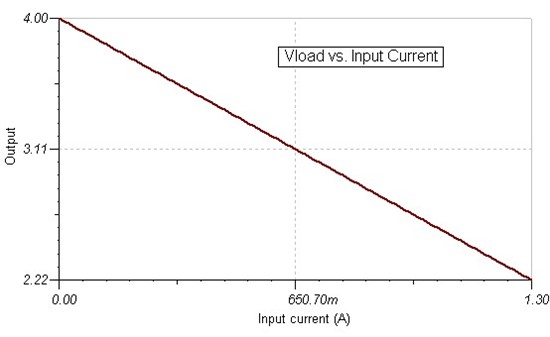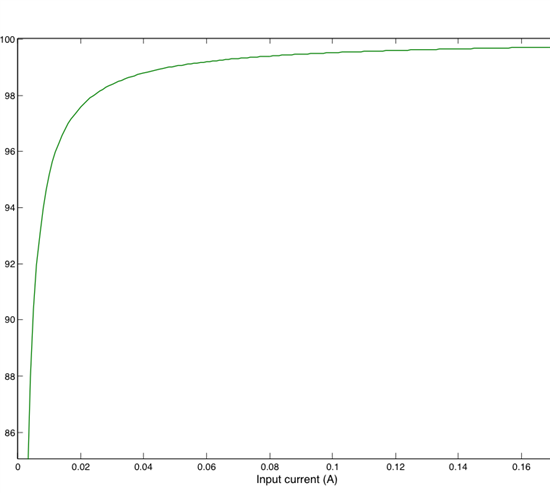Hi,
I have been measuring the energy consumption of some smartphones using a shunt resistor, but now I would like to add a shunt monitor (unidirectional is enough). Basically, I remove the battery of the smartphone and connect it to a 4V power supply with a shunt resistor between the power supply and the V+ pin.
The current range is 1.4mA to 1.3A: (measured with a DMM (U1252B))
- 1.4mA (Screen off, Flight Mode)
- 20mA (Screen off, Bluetooth idle)
- 160mA (Screen on, flight mode)
- 700mA (CPU 100%)
- 1.3 A (Everything switched on)
The input of my DAQ is +/-10V. I decided to use an INA216A1 (Gain=20) with a 0.2 Ohm shunt resistor. However, the package is too small for my purposes.
I have tried with an INA194 with an additional power supply of 5V only for the INA but the gain was too high. I wanted to try with INA193, but I decided to ask first. I am concerned because it seems that I have to sacrifice the accuracy of the measurements for low currents in order to have a high dynamic range. For the best accuracy I am required to create a Vdrop from 50mV to 100mV, which becomes difficult.
Is there any shunt monitor like the INA216 but with a bigger package (like SOT23-5)? Or should I use an instrumentation amplifier instead?
Thanks very much in advance,
Ekhiotz




